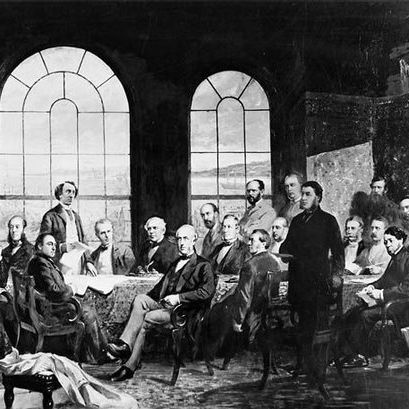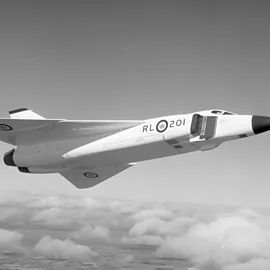In 1890, the Tariff Act came into place in the United States. It placed tariffs on imports of up to 50%.
While touted as a way to build American industry, there was also the hope it would force an annexation of Canada. It backfired.
Let's learn more.
🧵1/10
While touted as a way to build American industry, there was also the hope it would force an annexation of Canada. It backfired.
Let's learn more.
🧵1/10

Put forward by William McKinley, who was a Congressman at that point, the Tariff Act put duties across imports ranging from 38% to 49.5%.
McKinley was called the Napoleon of Protection. While some items had tariffs eliminated, most had tariffs increased.
🧵2/10
McKinley was called the Napoleon of Protection. While some items had tariffs eliminated, most had tariffs increased.
🧵2/10

One reason for the tariffs was to force the annexation of Canada. The McKinley Tariff declined to make an exception for Canadian products.
It was hoped this would make Canada more reliant on the US market, and push Canadians to become the 45th state.
🧵3/10
It was hoped this would make Canada more reliant on the US market, and push Canadians to become the 45th state.
🧵3/10

Secretary of State James G. Blaine believed that annexation would eliminate competition with Canada over fishing and timber rights. Blane co-authored the Tariff Act.
He stated of annexation: "a grander and nobler brotherly love, that may unite in the end”
🧵4/10
He stated of annexation: "a grander and nobler brotherly love, that may unite in the end”
🧵4/10

British politician Lyon Playfair saw the Tariff Act for what it was. He called it a covert attack on Canada,
Both Britain and the United States believed the Tariff Act would drive Canada to join the United States.
In reality, it had the complete opposite result.
🧵5/10
Both Britain and the United States believed the Tariff Act would drive Canada to join the United States.
In reality, it had the complete opposite result.
🧵5/10

The Tariff Act instead pushed Canada to align itself more with Britain. People began to rally behind their "love for Queen, flag, and country".
Sir John A. Macdonald used the tariffs as a rallying cry in the 1891 election and was able to win another majority government.
🧵6/10
Sir John A. Macdonald used the tariffs as a rallying cry in the 1891 election and was able to win another majority government.
🧵6/10

Within two years of the Tariff Act being passed, agricultural exports to Britain from Canada went from $3.5 million to $15 million.
Produce and animal exports to Britain grew from $16 million to $24 million during that same period.
🧵7/10
Produce and animal exports to Britain grew from $16 million to $24 million during that same period.
🧵7/10

Minister of Trade and Commerce Mackenzie Bowell said:
“The McKinley Bill, instead of destroying the trade of this country, has only diverted it from the United States to England."
American consumers dealt with a sharp increase in prices.
🧵8/10
“The McKinley Bill, instead of destroying the trade of this country, has only diverted it from the United States to England."
American consumers dealt with a sharp increase in prices.
🧵8/10

The Republicans lost the 1890 Congressional elections, losing 93 seats while the Democrats gained 86.
In 1892, the Democrats gained control of the Senate, House and Presidency.
They then replaced the Tariff Act with a new act that lowered tariffs.
🧵9/10
In 1892, the Democrats gained control of the Senate, House and Presidency.
They then replaced the Tariff Act with a new act that lowered tariffs.
🧵9/10

I hope you enjoyed that look at the McKinley Tariffs and the impact on Canada.
If you enjoy my Canadian history content, you can support my work with a donation at 👇
*sources in next post*
🧵10/10buymeacoffee.com/craigu
If you enjoy my Canadian history content, you can support my work with a donation at 👇
*sources in next post*
🧵10/10buymeacoffee.com/craigu
• • •
Missing some Tweet in this thread? You can try to
force a refresh






















